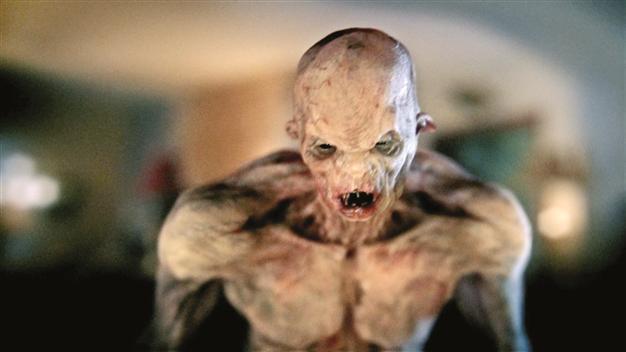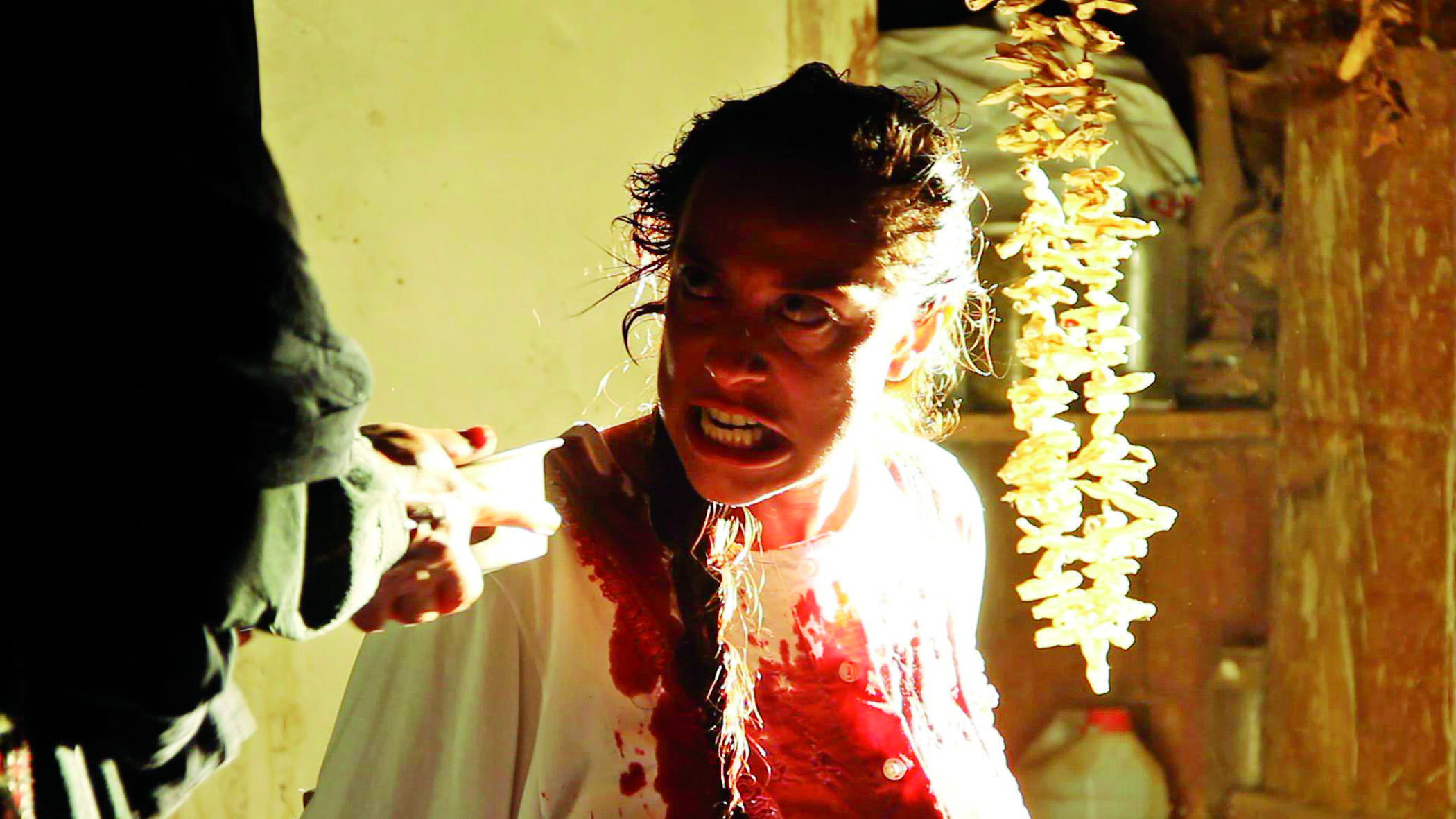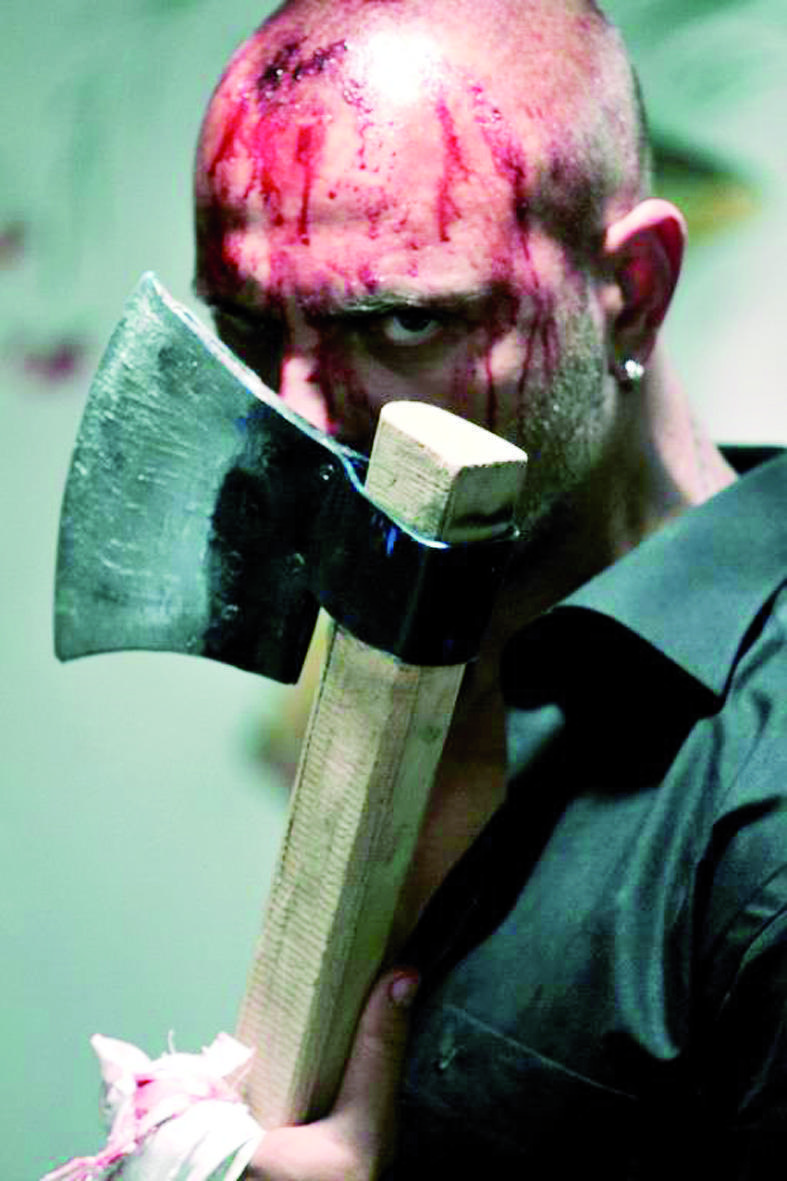Turkish horror cinema continues to haunt audience
Emrah GÜLER

Özgür Bakar’s ‘Ammar’ takes its cue from teen-slashers and mixes it with the sensibilities of haunted house movies with a dose of jinns, the spiritual creatures of Islamic folklore.
“The film hopes to blend the element of suspense from Hitchcock movies much yearned by the audience with Anatolian horror motifs.” These words from the promotion material of the recent release “Ammar: Cin Tarikatı” (Ammar: Order of the Jinn) summarize the premise behind a string of Turkish horror movies that have established a genre of its own in the last decade.Often-artificial hype created for the release of the movie, as well as reliance on traditional and Islamic horror motifs are generally the defining characteristics of these films. The revival of horror cinema in Turkey has been more like the appropriation of classic American and more recent Asian horror cinemas.
More often directed by newcomer filmmakers, these films take haunted houses, teen-slashers and other-worldly entities and tailor them to Turkish (and naturally Islamic) culture. Ghosts and zombies become jinn, exorcism is done by hodjas, and the apocalypse takes its own version from the Quran.
This week’s “Ammar,” directed by Özgür Bakar, takes its cue from teen-slashers and mixes it with the sensibilities of haunted house movies with a dose of jinns, the spiritual creatures of Islamic folklore. The acting, dialogue, and special effects render “Ammar” a stand out among its predecessors. Here is a look at the most popular Turkish horror movies of the last decade and the inspirations (for a better use of the word) behind them.
Perhaps the most successful of Turkish horror films and, to give credit, the one that kick-started a whole genre in Turkish cinema is director Hasan Karacadağ’s “D@bbe,” the fifth film in the franchise coming to theaters this June, nine years after the original. In the first film, jinns find their way through the Internet to communicate with the friends of a man who committed suicide. The suicide is connected to other ones throughout the world, giving the film its undertones of the apocalypse.
Impressive special effects, make-up, and clever use of Islamic themes make the movie stand out. The film is a remake of the American movie “Pulse,” which in turn was a remake of the Japanese film “Kairo.” In another take on horror cinema, Karacadağ once again tries his craft on a remake, “The Exorcist.” The 2007’s “Semum” tells the story of a woman possessed by a demon.
 Possessed in Turkish cinema
Possessed in Turkish cinemaComing from 2004, “Büyü” (The Spell), directed by Orhan Oğuz, follows a group of sexy archaeologists to a small town where they do research on an ancient spirit of Islamic folklore. As expected, the spirit haunts the group, reviving all of the clichés from American horror cinema. The film hit the box office jackpot when the movie theater burnt down during the premiere.
The same year saw the Taylan Brothers’ teen slasher-ghost combo, set in a high school, aptly titled “Okul” (The School). In the film, the ghost of a student who had committed suicide haunts the students and teachers. The movie reminds one of Bollywood horror films, bordering more on the thriller side than horror. The film stands out with its good acting.
Biray Dalkıran’s “Araf” (Purgatory) of 2006 was shunned more for its misogynistic tones than its hurried directing and sloppy script. Inspired by Japanese horror movies, the film takes on the consequences of abortion when a woman decides not to have her baby from her married lover. Years later, the ghost of the baby comes to haunt her.

Another Turkish film reminiscent of a horror classic is Alper Mestçi’s “Musallat” (Haunted) of 2007. Telling a very similar story to “The Exorcism of Emily Rose,” the movie manages to give an original take on possession. More drama than horror, the film features a young couple whose lives become miserable when the man becomes possessed by an evil spirit. The success of the film led to a sequel in 2011.
Godzilla, giant ants
As far as haunted houses go, the most popular of the Turkish versions is director Cem Akyoldaş’s “Konak” (Old Mansion) of 2009. A group of university students head to a town, only to have their SUV break down as it begins to get dark. They find their way into an old mansion to spend the night. The old mansion, as you can imagine, is set to become their tomb, as each student faces a horrifying death for their sins. The Turkish audience seems to be ready for what’s in store: Godzilla and giant ants.
















